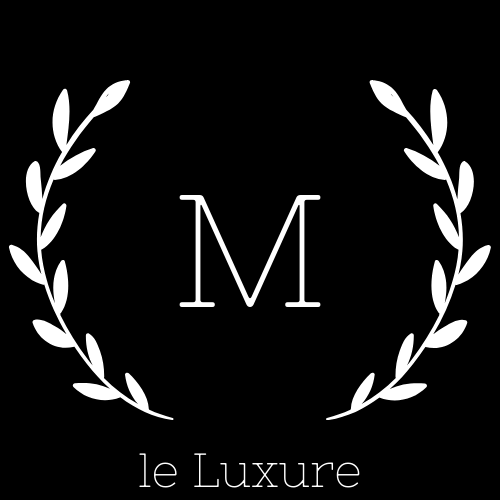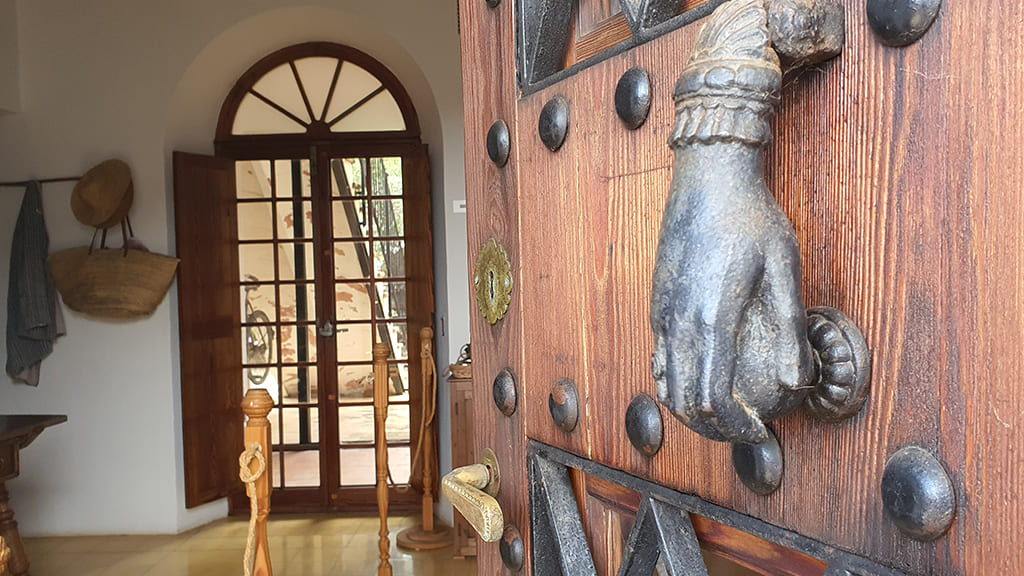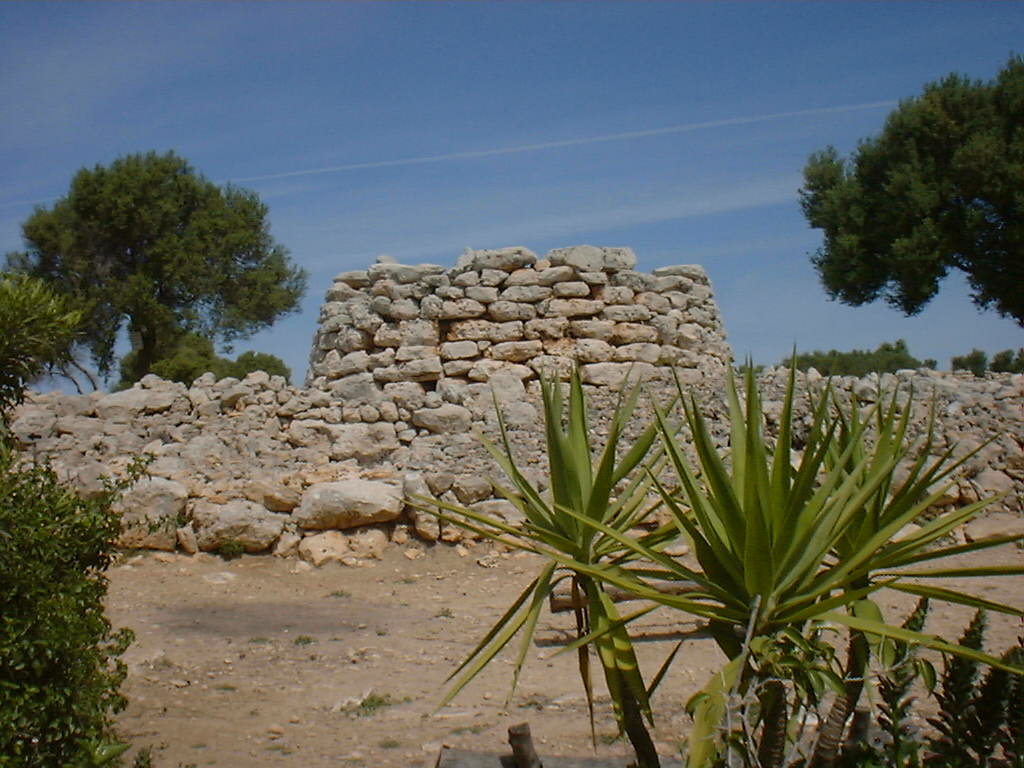Mallorca
Cultural Heritage in Mallorca
Mallorca, the largest island in the Balearic archipelago, boasts a wonderfully rich and diverse cultural heritage. Over the centuries, its strategic location in the Mediterranean has made it a crossroads for diverse civilizations and it has been influenced by numerous cultures, each leaving an indelible mark on the island’s architecture, traditions, and art. This intricate tapestry of historical influences makes Mallorca a fascinating destination for history buffs and culture enthusiasts alike, all of whom fall in love with this enchanting blend of influences.
Historical Monuments
One of the most iconic landmarks in Mallorca is the Cathedral of Santa Maria, also known as La Seu. This Gothic cathedral, located in Palma, was constructed on the site of a former mosque and stands as a testament to the island’s complex history of conquest and religious transformation. Its towering nave and stunning rose window, one of the largest in the world, captivate visitors with their grandeur and beauty.
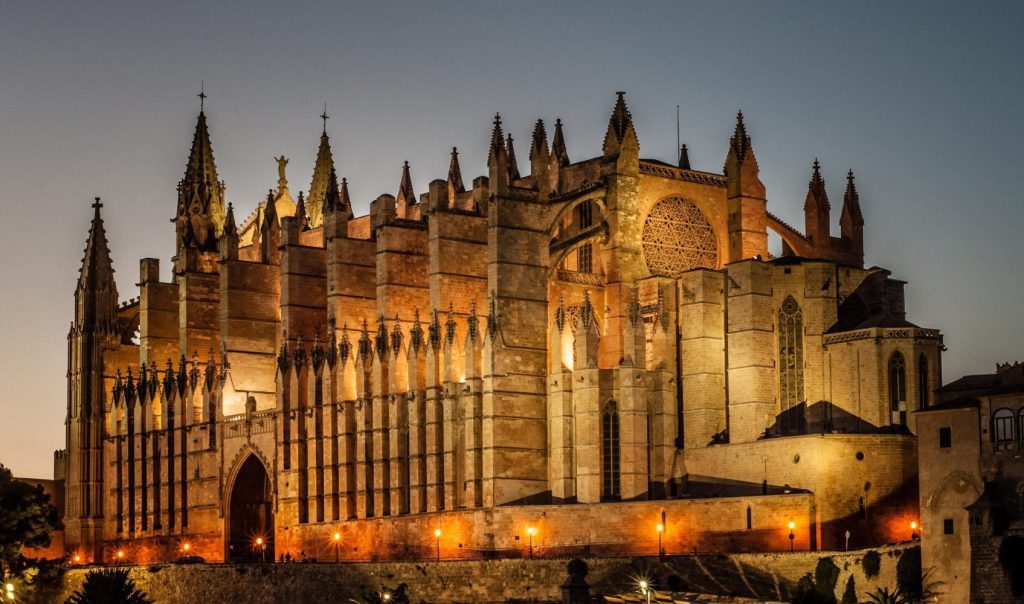
Another significant monument is Bellver Castle, a circular fortress offering panoramic views of Palma and its surroundings. Built in the 14th century, this unique structure combines Gothic and Romanesque architectural elements. Originally a royal residence, it has also served as a military prison and is now home to the Palma History Museum.
Religious architecture further enriches Mallorca’s cultural landscape. The Valldemossa Charterhouse, a former monastery, is renowned for its association with the composer Frédéric Chopin and the writer George Sand, who spent a winter there in the 1830s. Their time in Valldemossa inspired Sand’s book “A Winter in Majorca,” which vividly describes their experiences on the island. Additionally, the Gothic church of Sant Francesc in Palma, with its beautiful cloister and grand facade, highlights the religious influence that has shaped the island over the centuries.
Ancient Ruins, Mallorca’s Prehistoric Legacy
Beyond its rich historical and cultural heritage, Mallorca offers a captivating glimpse into its ancient past. The island is dotted with enigmatic Talayotic ruins, remnants of a prehistoric civilization that flourished during the Bronze Age. These extraordinary stone structures, such as the iconic circular talayots and fortified settlements, provide invaluable insights into the lives of these early inhabitants.
This Talayotic ruins that date back to the Bronze Age and these archaeological sites provide a glimpse into the island’s prehistoric past. The Talayotic settlement of Ses Païsses in Artà is one of the best-preserved examples, featuring circular stone structures that served as communal living spaces and defensive towers. Another notable site is Capocorb Vell in Llucmajor, where visitors can explore the remains of one of the largest Talayotic settlements in the Balearic Islands. These ancient ruins underscore the long history of human habitation and cultural evolution on the island and offer a unique opportunity to connect with Mallorca’s distant ancestors and appreciate the island’s enduring allure.
Contemporary Art
While Mallorca’s historical sites are impressive, the island’s contemporary art scene is equally vibrant. Art lovers will find a wealth of galleries, museums, and cultural events that showcase both local and international talent. Es Baluard, the Museum of Modern and Contemporary Art in Palma, houses an extensive collection of works by artists such as Pablo Picasso, Joan Miró, and Antoni Tàpies. The museum’s location in a former military fortress adds to its unique charm, blending historical and modern elements.
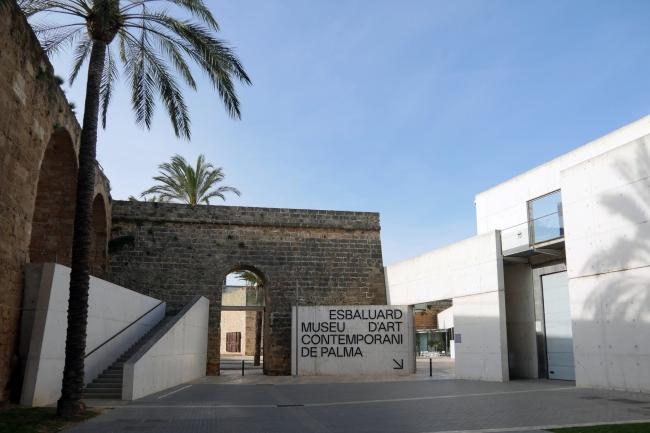
Another noteworthy destination is the Sa Bassa Blanca Museum in Alcúdia. Founded by artists Yannick and Ben Jakober, the museum features a diverse collection ranging from contemporary art to ancient artifacts. Its sculpture park and observatory further enhance the visitor experience, offering stunning views and a peaceful retreat.
Mallorca’s art scene comes alive during annual events such as La Nit de l’Art, Art Palma Summer, and ArtPalma Brunch. These events provide an ideal opportunity to explore the latest works by local and international artists, as galleries and exhibition spaces open their doors to the public. La Nit de l’Art, in particular, transforms Palma into a bustling hub of creativity and cultural exchange, attracting art enthusiasts from around the world.
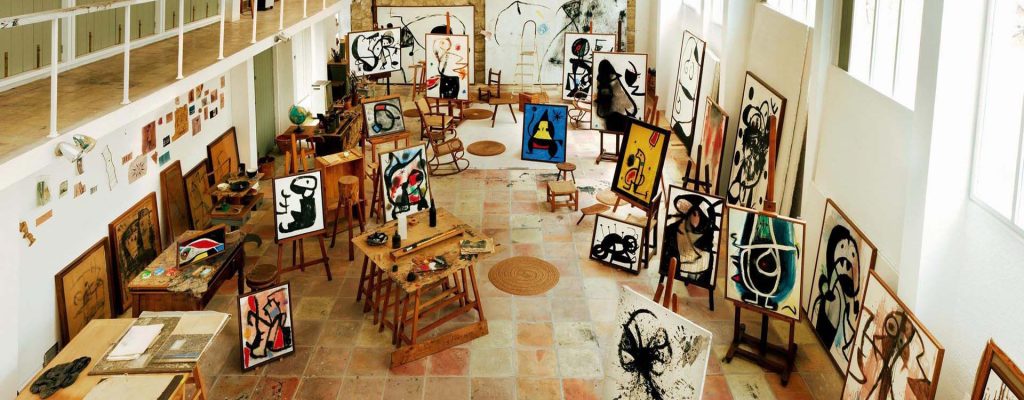
Festivals and Traditions
Mallorca’s cultural heritage is also celebrated through its numerous festivals and traditions. The island’s calendar is filled with events that honor its history, religious customs, and local folklore. One such event is the Sant Joan Festival, held in June, which marks the summer solstice with bonfires, music, and traditional dances. This lively celebration reflects the island’s deep-rooted connection to nature and its agricultural heritage.
Another significant festival is the Sant Antoni Abat celebration in January, which features processions, fireworks, and the traditional “correfoc,” where participants dress as demons and dance through the streets with firecrackers. This festival, rooted in medieval customs, highlights the enduring importance of religious and communal gatherings in Mallorcan culture.
Beyond these iconic celebrations, Mallorca boasts a rich tapestry of local festivals throughout the year. From the lively grape harvest festivities in Binissalem to the historic reenactments in Sóller, each event offers a unique opportunity to immerse oneself in the island’s vibrant spirit.
Culinary Heritage
Mallorca’s cultural richness extends to its culinary traditions, which have been shaped by centuries of Mediterranean influences. The island’s cuisine is characterized by its use of fresh, locally sourced ingredients and traditional recipes passed down through generations. Signature dishes include “ensaimada,” a sweet pastry often enjoyed with coffee, and “tumbet,” a vegetable casserole featuring layers of potatoes, eggplant, and bell peppers.

Seafood also plays a prominent role in Mallorcan cuisine, with dishes such as “arroz brut,” a hearty rice dish typically made with a variety of meats and seasonal vegetables, and “frito mallorquín,” a flavorful stir-fry of lamb liver, potatoes, and peppers. Visitors can experience these culinary delights at local markets, traditional restaurants, and during food festivals that celebrate the island’s gastronomic heritage.
Conclusion
Mallorca’s cultural heritage is a mosaic of historical landmarks, ancient ruins, contemporary art, festivals, and culinary traditions. The island’s ability to preserve and celebrate its diverse influences while embracing modernity makes it a unique and captivating destination. Whether you are exploring the Gothic splendor of La Seu, wandering through ancient Talayotic settlements, or immersing yourself in the vibrant art scene, Mallorca offers a rich and multifaceted cultural experience that resonates with visitors from all walks of life.
This blend of past and present, tradition and innovation, ensures that Mallorca remains a dynamic and inspiring place to visit, where the echoes of history and the pulse of contemporary culture coexist harmoniously. As you delve into the island’s cultural treasures, with le Luxure you will discover that Mallorca is not just a beautiful destination but a living testament to the enduring power of cultural heritage, human creativity and resilience.
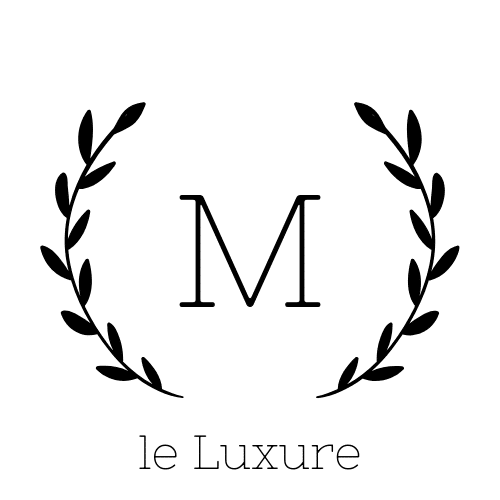
Contact le Luxure to
